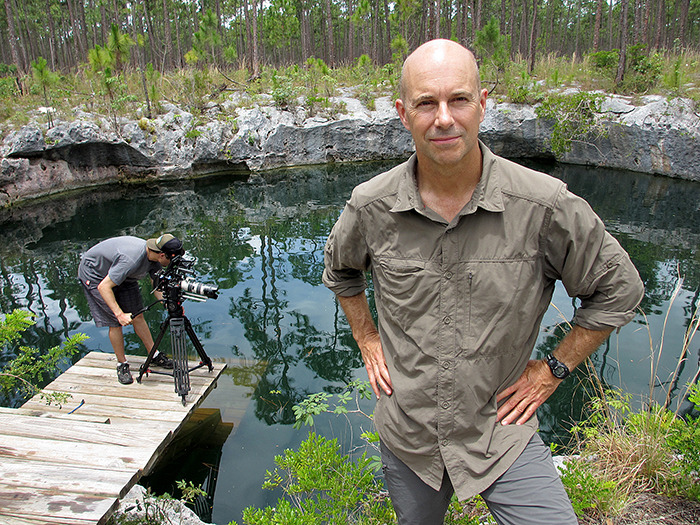Super frustrating news: after some serious testing, it seems that YouTube 3D-enabled videos do not decode properly for playback on our 3D monitor when sourced by a MacBook Pro or PS3.
For the majority of people this may seem like an inconsequential technological glitch.
But for me, it’s a huge setback in our mission to get top-notch 3D content out into the universe.
Where we’re at
After we test shot the Panasonic 3DA1 camera a few weeks back I uploaded 2D versions of some footage we captured onto YouTube.
But after seeing the same footage in stereoscopic 3D I just wasn’t satisfied – I wanted to give people with 3D-enabled devices the chance to not only experience the stuff we shot, but to judge its quality for themselves.
So I had my editing team upload a side-by-side version of interior shoot selects to YouTube:
It seemed like a simple plan – put the videos on and set them to 3D.
We managed to get anaglpyh playback working fine, with the correct aspect ratio and eye orientation. We then pushed forward to see if modern stereoscopic 3D methods worked.
They didn’t. When we tried to play the clips using half-width, side-by-side, 3D they were a no go on our JVC GD-463D10U monitor. We tried using both a MacBook Pro with DVI to HDMI and a PS3 with HDMI to HDMI.
We also tried to play three other 3D-enabled videos on YouTube that were uploaded by other people and came up against the same issue. I’ve embedded these at the end of the post if you’ve got 3D-enables gear and would like to give them a go.
What’s going wrong?
From what my team can tell, the problem seems to be that YouTube does not map the pixels properly for TV playback.
A huge caveat – and my call out to the 3D-enabled – this is not to say the YouTube 3D function definitely doesn’t work. It just doesn’t seem to work on the equipment that we have access to – a Mac computer, a PS3, and a passive filter 3DTV.
More equipment than 99.999999 per cent of the world has … but still. Our tests were not exhaustive.
The next move
This setback has put me in a difficult position. YouTube has the potential to offer a free 3D online playback solution that’s more comprehensive than anything else. And I really want to get our stuff on there so people can check it out – especially since more and more consumers are buying 3D-enabled viewing devices.
But YouTube just isn’t working for us. So where do I go from here?
We could host future 3D content on our own web server or perhaps on another web video community like Vimeo, but doing so would seriously cripple our reach. Missing out on YouTube is clearly a doozy when it comes to exposure … it’s one of the top-searched sites in the world.
And there’s another downside: neither our web server or Vimeo offer the ability to toggle between different 3D delivery formats that YouTube (in theory) could. This means we would have to render out and upload many different versions of the same video – more work for my team.
We can do further YouTube tests, and see if we can work around the issues we’ve encountered so far. But this means potentially re-encoding and uploading new videos. It will probably require a great deal of time to invent workarounds, render new files, and upload the new tests – especially since my edit crew also has to meet the demands of film projects that are currently in production.
Also, further testing at this point feels like it could be a gamble. As far as we can tell Google has very limited support for the feature, so our only option is try, and try some more, to see if there is something undocumented that works, or try, and try some more, only to discover that it really doesn’t work after all – at least not yet.
The other option is to abandon YouTube. That means abandoning any desire or investment to attain any of the benefit of having our 3D content on the mega site – at least until the 3D feature becomes more mainstream and (hopefully) functional.
Or finally, the wild card option: you, dear reader, have successfully watched this type of footage on YouTube, have the magic solution to this seriously irritating problem, and can’t wait to share it with us …
–Ian Herring, President
YouTube 3D-enabled videos

